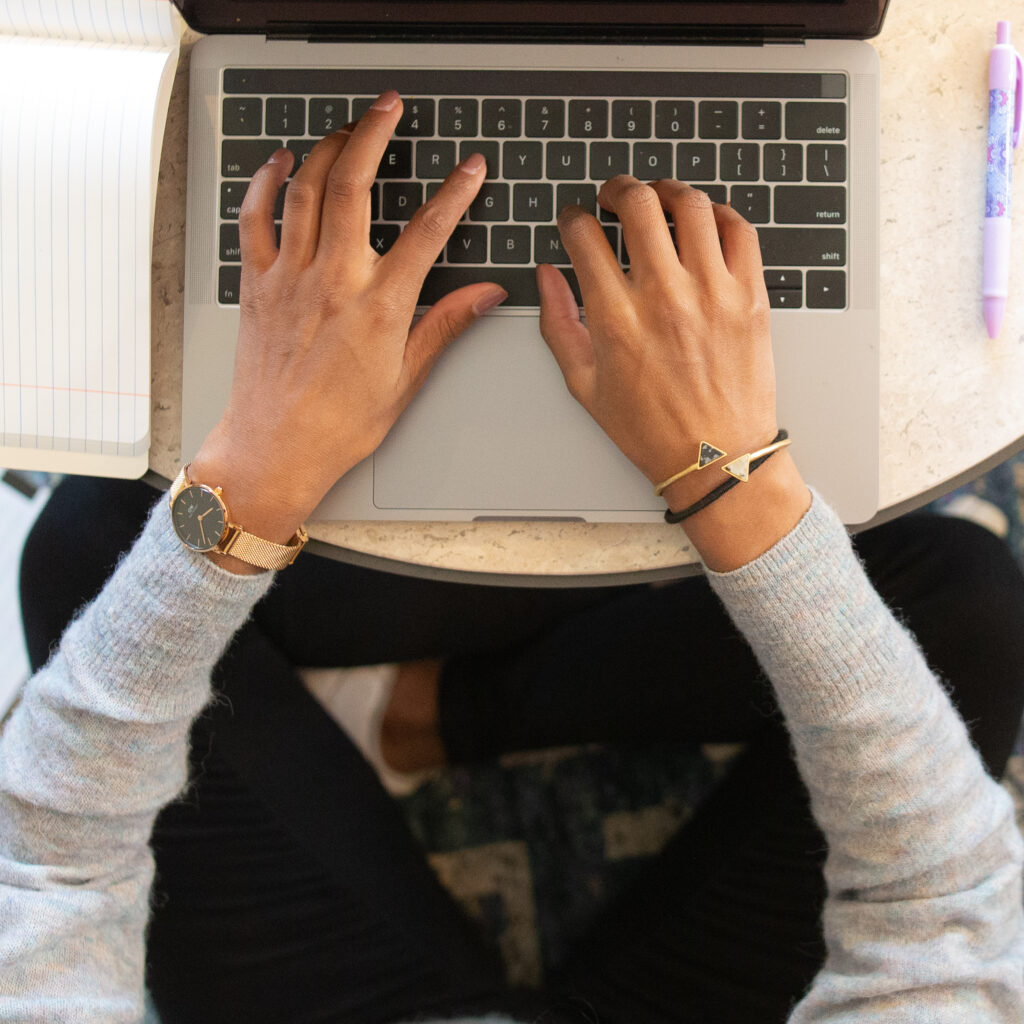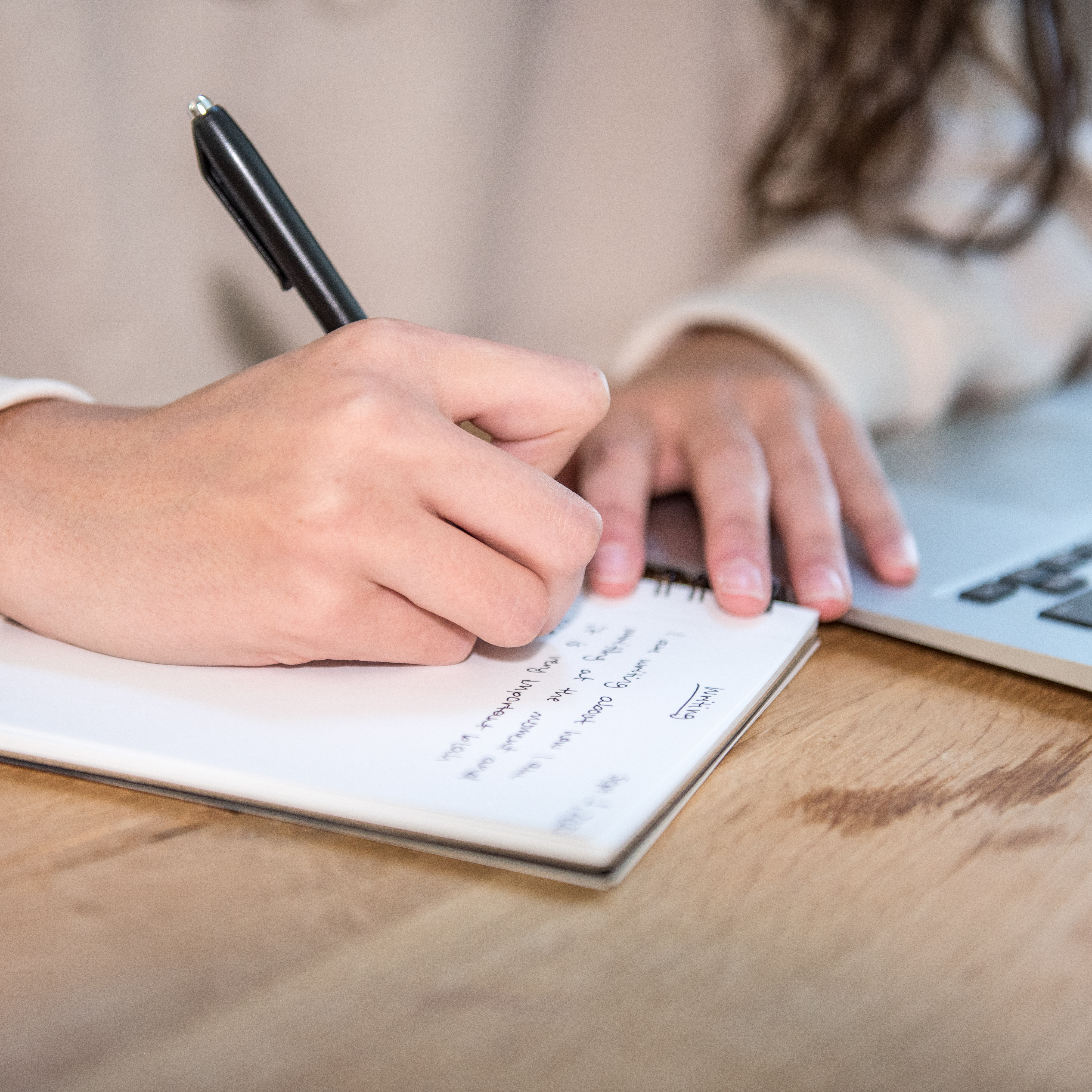
Creating Individualized Education Program (IEP) goals is an art that requires precision and personalization. Traditionally, goals are often set with an expectation of achieving 80% IEP goal mastery. However, it’s time to reconsider this standard and explore alternative approaches that better reflect the unique needs and capabilities of each student.
Grab this free present level template to help you write better present levels!
Recognize that a one-size-fits-all approach may not be suitable for every student. Consider setting mastery criteria based on individual needs, ranging from 90% to 100% accuracy. This personalized approach ensures that goals align with the student’s learning profile, fostering a more meaningful and achievable path to success. For example, you would want a student to be able to cross the street correctly in 100% of opportunities, because 80% would lead to safety concerns.
Accounting for Variability: Understand that some students may require higher IEP goal mastery levels due to the nature of their disabilities or the complexity of the skill. Acknowledging this variability allows educators to tailor goals to the specific challenges and strengths of each student, creating a more realistic framework for success.
Alternative Methods of Progress Monitoring: Shift the focus from fixed IEP goal mastery percentages to continuous progress tracking. Regularly assess a student’s growth and adjust goals accordingly. Embrace a data-driven approach by collecting real-time data on student performance, using ongoing assessments to inform instructional adjustments and goal refinements. Prioritize functional and meaningful progress over meeting an arbitrary mastery percentage. This type of goal could be prompt fading dependent rather than by percent accuracy. Goals that aligned with task analysis skills could be great for this!

Acknowledge that achieving IEP goal mastery within a controlled setting is just one aspect. Evaluate a student’s ability to generalize skills across different environments and situations. Design goals that emphasize the transfer of skills into real-world scenarios, assessing a student’s capability to apply learned skills in diverse settings. Expose students to different people, locations and opportunities to show what they know. This does not always mean 80% accuracy. Let’s give our students a higher expectation!
Individualized Educational Planning: Emphasize the importance of individualized educational planning, crafting goals that align with a student’s unique learning profile, strengths, and challenges. Foster collaboration with parents, related service providers, and support staff in goal-setting. Ensure that goals are realistic, attainable, and reflect a collaborative understanding of the student. However, that does not always mean 80% IEP goal mastery and accuracy.
Celebrating Incremental Progress: Celebrate incremental progress as a valuable achievement, shifting the focus from a rigid mastery criterion to acknowledging and applauding small wins. Consider the impact of recognizing progress on a student’s motivation and self-efficacy. Cultivate a positive learning environment that encourages continuous improvement.
Often times, we do not celebrate the small wins with our students and rarely remind them that they’ve made progress from the last data point. Make sure to show your students their progress along the way and celebrate when they reach their benchmarks!!

While the 80% mastery benchmark has been a longstanding norm in special education, it’s crucial to recognize that each student is unique and may require a more tailored approach to goal setting. By shifting the focus towards individualized mastery criteria, embracing alternative methods of progress monitoring, prioritizing skill generalization, and fostering collaborative educational planning, special education teachers can create IEP goals that truly reflect the diverse needs of their students. Ultimately, the goal is not just to meet a predetermined percentage but to empower students with the skills they need to navigate the complexities of life beyond the classroom.
Make sure to grab the free present level template to help you write better present levels!
Read more:
What are you looking for?

COPYRIGHT © 2024 Full SPED Ahead